Written for the RSDSA blog by Maya S.
 Hi! My name is Maya S. and I am sixteen years old. Shortly before my tenth birthday, I began feeling severe pain in my right foot, but I had not had any type of injury. In just a few weeks, I became unable to walk, wear clothes on my foot, or attend school. The pain that I felt prevented me from sleeping by keeping me up all night. I saw many doctors and underwent a battery of tests, all of which indicated that nothing was physically wrong with me.
Hi! My name is Maya S. and I am sixteen years old. Shortly before my tenth birthday, I began feeling severe pain in my right foot, but I had not had any type of injury. In just a few weeks, I became unable to walk, wear clothes on my foot, or attend school. The pain that I felt prevented me from sleeping by keeping me up all night. I saw many doctors and underwent a battery of tests, all of which indicated that nothing was physically wrong with me.
I was lucky to receive a diagnosis very quickly. Just three weeks after I began feeling pain, I was diagnosed with CRPS. I was relieved to finally have an explanation, but also terrified to be diagnosed with a rare neurological disorder with no cure. My parents were beside themselves with worry and I lived in a state of fear.
My condition continued to deteriorate rapidly, to the point where my best treatment option was to leave the comforts of home in New York to attend the Pediatric Pain Rehabilitation Program (PPRC) at Boston Children’s Hospital. The first few days at the PPRC were incredibly difficult and exhausting. I had been told that I would need to push through the pain to regain my functioning and retrain my nerves, but I did not anticipate how hard that would actually be. Each day at the PPRC consisted of eight hours of physical, occupational, and psychological therapies. The staff were very supportive and encouraged me to keep pushing myself and focus on my daily accomplishments. During my time at the PPRC, I learned many coping skills to manage my pain. The most effective ones for me were to distract myself by talking to people, playing with therapeutic putty, or spending time with family, friends, and my puppy. Four other kids attended the program at the same time as me, and we had many group therapy sessions together. Being with other kids who had CRPS and understood what I was going through made it easier. We became close and supported each other in the recovery process.
Although I was exhausted after each day of the program, my day was far from over. I was assigned two hours of home exercises each night that involved various physical therapy and occupational therapy activities. However, my hard work paid off! After four weeks at the PPRC, I had regained a substantial amount of my ability to function in daily life. I was now able to walk, wear clothes on my foot, sleep through the night, and even dance again. I graduated from the program and was thrown back into the real world.
My return to normal was anything but. I had missed three months of fifth grade and now needed to take breaks several times during the school day to manage my pain. Administrators at my school graciously gave me access to an empty conference room that my family and I referred to as the “coping room”, in which I would spend half of my day because I could not handle the classroom environment for long periods of time. My CRPS had impaired my ability to concentrate significantly, and even completing the simplest assignment was difficult. It was devastating to not be the student that I once was.
As difficult as this transition was for me, I was able to complete fifth grade and had my first pain reduction that summer after living with level 10 pain for almost a year. Over the next few years, I continued to return to my prior quality of life and my pain slowly subsided. I started spending more time with friends, returned to many dance classes, and my academic abilities improved. I would not become pain free until three years after I was diagnosed, but I had fully gained my life back.
An aspect of CRPS/RSD that I wish others could understand is the emotional impact that it has on a person. As a fifth grader, none of my peers could truly grasp what had happened to me just as I had difficulty accepting it. Returning from the PPRC, I did not want anyone to know where I had been or what I was going through. I did not think that anyone would understand my situation and was worried about what they would think of me. It was frustrating because I looked fine and functioned normally, but inside I was still in extreme pain. My classmates, family, and friends would tell me that I was doing great, but I felt far from it.
The best advice I could give to others who are fighting this incredibly difficult condition is to remain hopeful and keep fighting! There is power in having a support system and meeting others who understand what you are going through. Keeping in touch with other kids that I met through treatment was very meaningful for me. Also, I saw a psychologist who specializes in chronic pain, and talking to her always made me feel better emotionally. She helped me to develop more coping and self care skills that I still utilize today.
My experience with CRPS affected me in so many ways and completely shaped the person that I am today. For one, my CRPS changed my entire perspective on life. Every day that I am not in pain is a good day. I have become so much more grateful for the little things, like being around my family and friends. Additionally, daily challenges became much more manageable and even enjoyable. The persistence that I learned through my treatment is something that I apply to any adversity that I now face. Lastly, I developed an interest in neurology and became inspired to help others dealing with CRPS/RSD.
Two years ago, I enrolled in a science research program at my high school with hopes of making a difference for those affected by chronic pain. For my project, I created a survey for parents/guardians of children and adolescents with CRPS. This survey aims to determine relationships between preexisting medical conditions/illnesses and pediatric CRPS in order to gain insight into factors that may contribute to the development of this syndrome in this age group. This information may help doctors to identify cases of CRPS sooner, resulting in earlier treatment and decreased suffering.
If you are a parent/guardian of a child with CRPS, please consider participating in my survey to help make a difference and increase knowledge surrounding pediatric CRPS. Participants will answer questions regarding their child’s experience with CRPS as well as if their child was diagnosed with several specific conditions and illnesses prior to their diagnosis of CRPS. The survey is completely anonymous and should take less than ten minutes to complete. It has been approved by my school’s Institutional Review Board committee.
Here is the link to my survey:
If you have any questions, please feel free to reach out to me at [email protected]
Please consider making a donation to RSDSA today!

 Written for the RSDSA blog by Melissa Adams
Written for the RSDSA blog by Melissa Adams What advice would you give to newly diagnosed Warriors?
What advice would you give to newly diagnosed Warriors?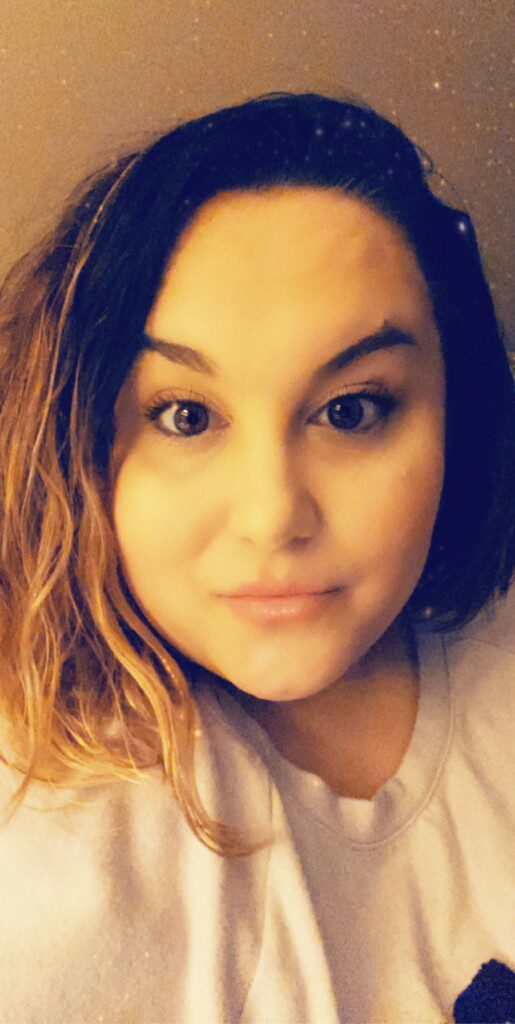 How and when did you develop CRPS/RSD?
How and when did you develop CRPS/RSD?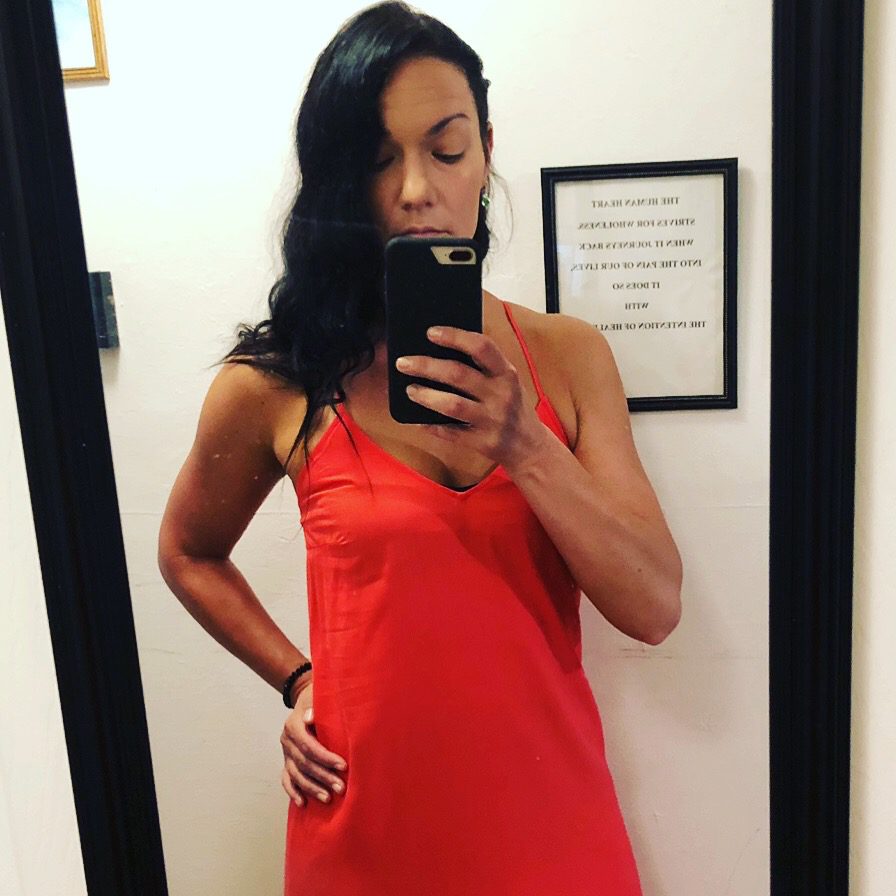
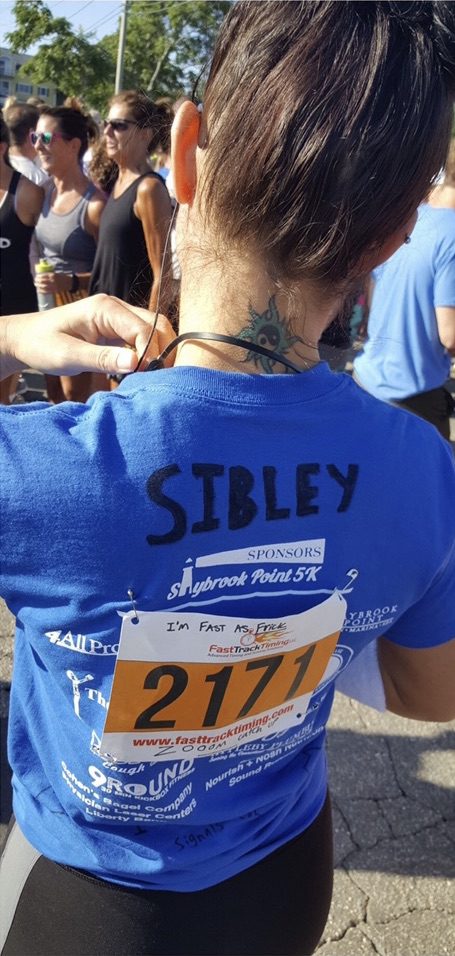 The treatment that has helped me for long term relief first and foremost is my medicine regimen. Before we found the one that worked, my nervous system was all over the place and so was my mind. CRPS is complicated as it has a psychological component to it as well. Although topicals help with allodynia, the biggest help was to start desensitizing my affected area right away. I started with a Q-tip and now I use a wash cloth over my affected leg and it has made a tremendous difference with pain and fabric on that area.
The treatment that has helped me for long term relief first and foremost is my medicine regimen. Before we found the one that worked, my nervous system was all over the place and so was my mind. CRPS is complicated as it has a psychological component to it as well. Although topicals help with allodynia, the biggest help was to start desensitizing my affected area right away. I started with a Q-tip and now I use a wash cloth over my affected leg and it has made a tremendous difference with pain and fabric on that area.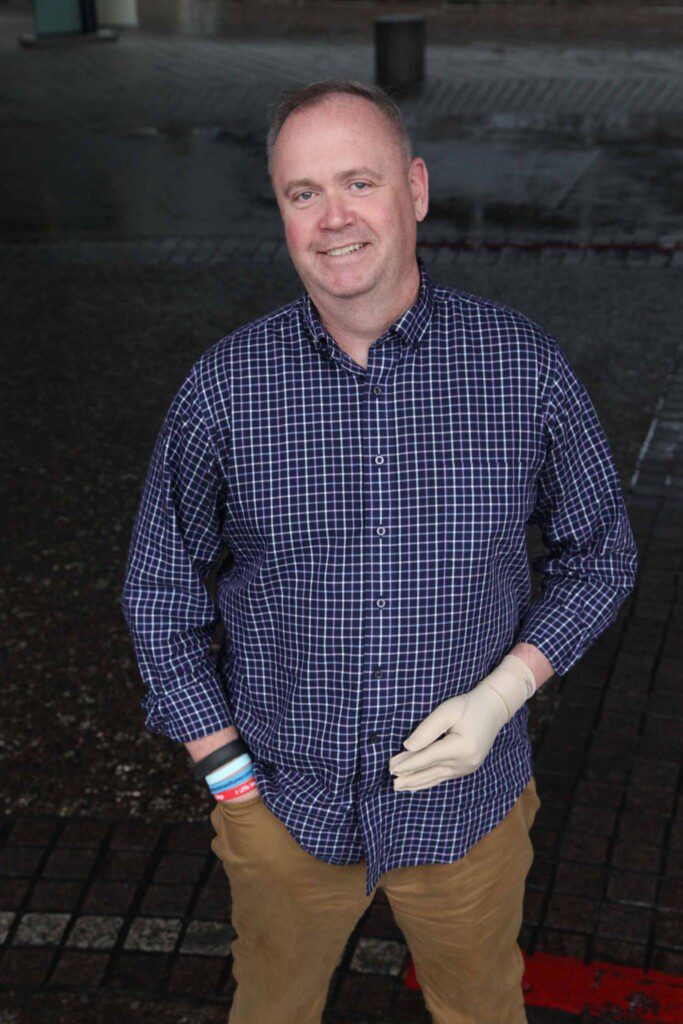 How and when did you develop CRPS/RSD?
How and when did you develop CRPS/RSD?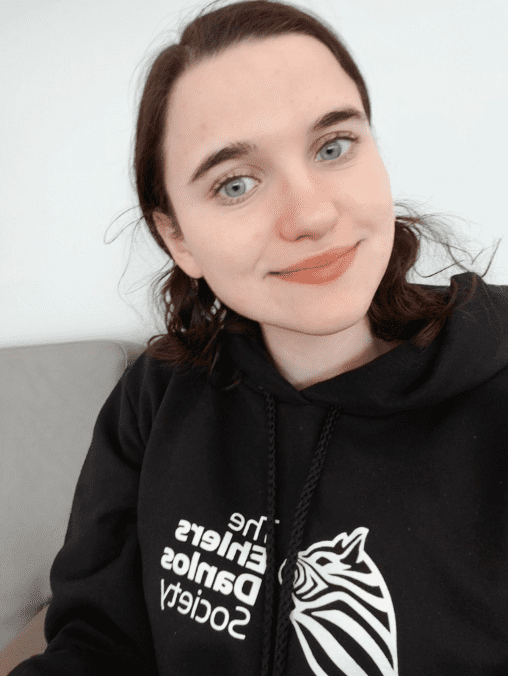 How and when did you develop CRPS/RSD?
How and when did you develop CRPS/RSD?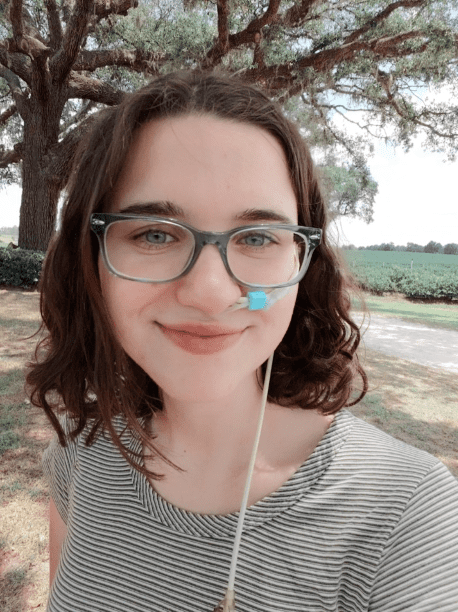
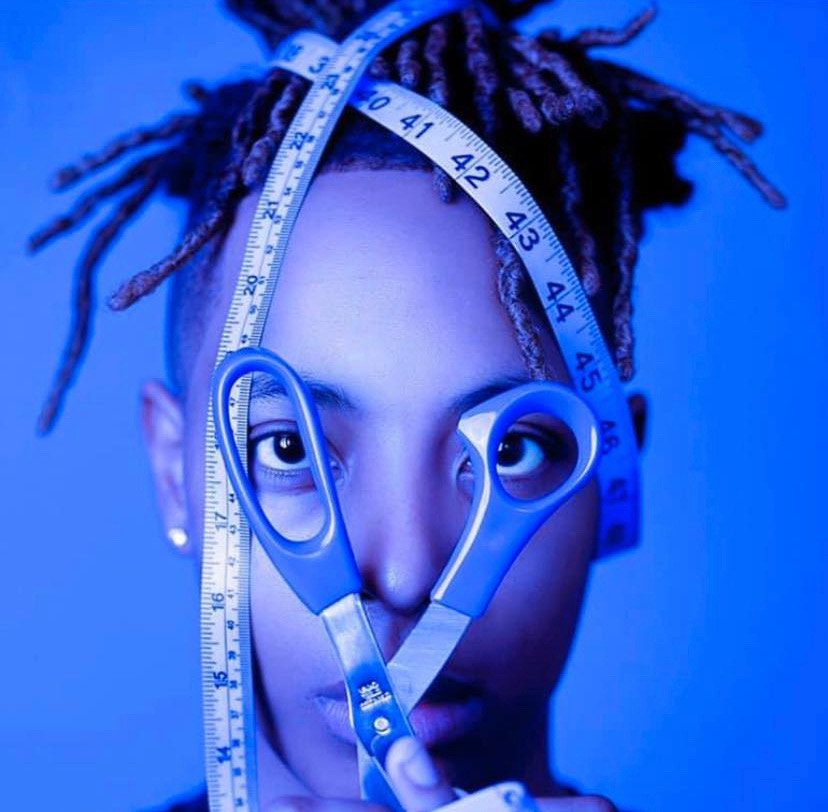 How and when did you develop CRPS/RSD?
How and when did you develop CRPS/RSD?